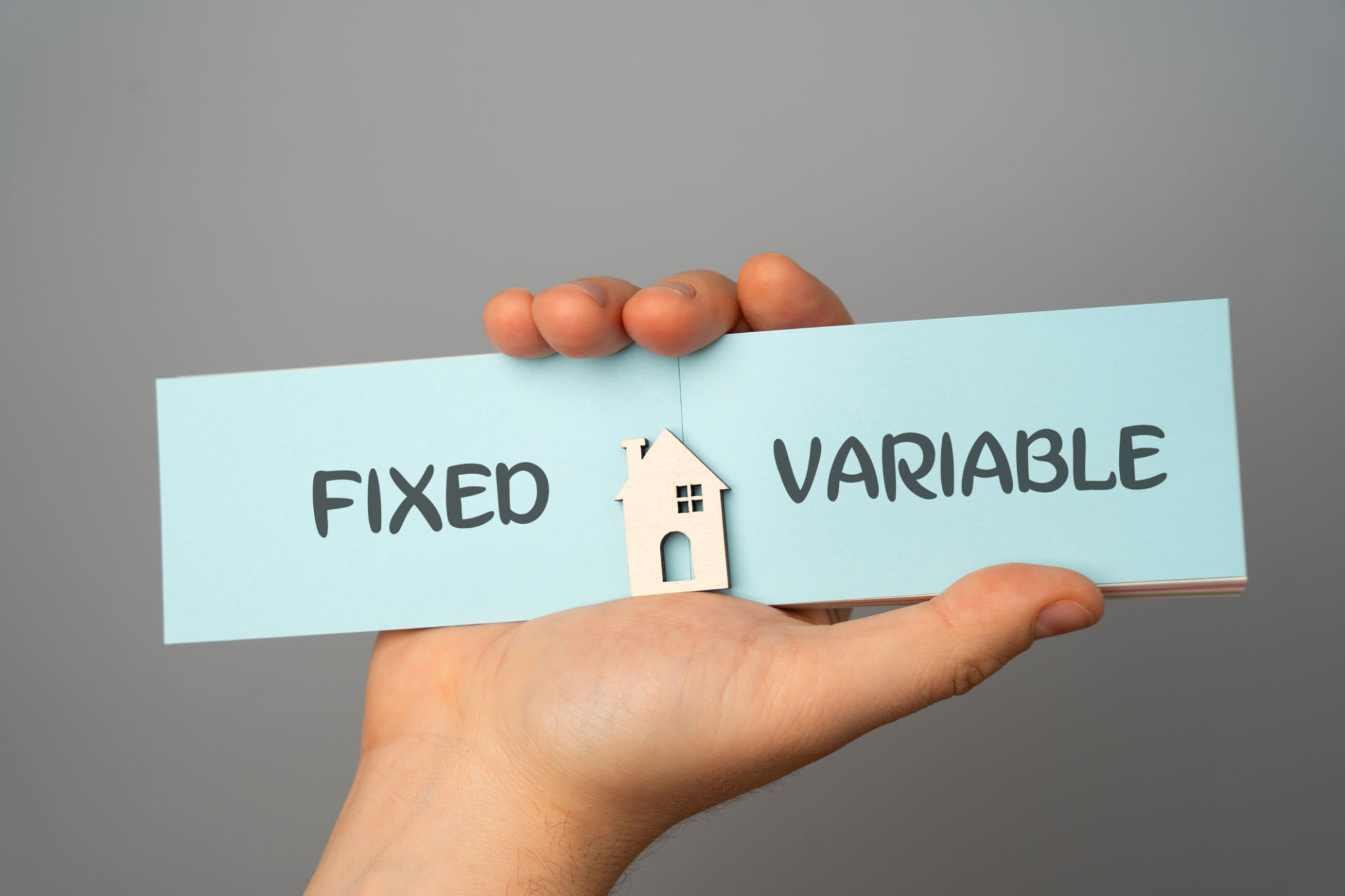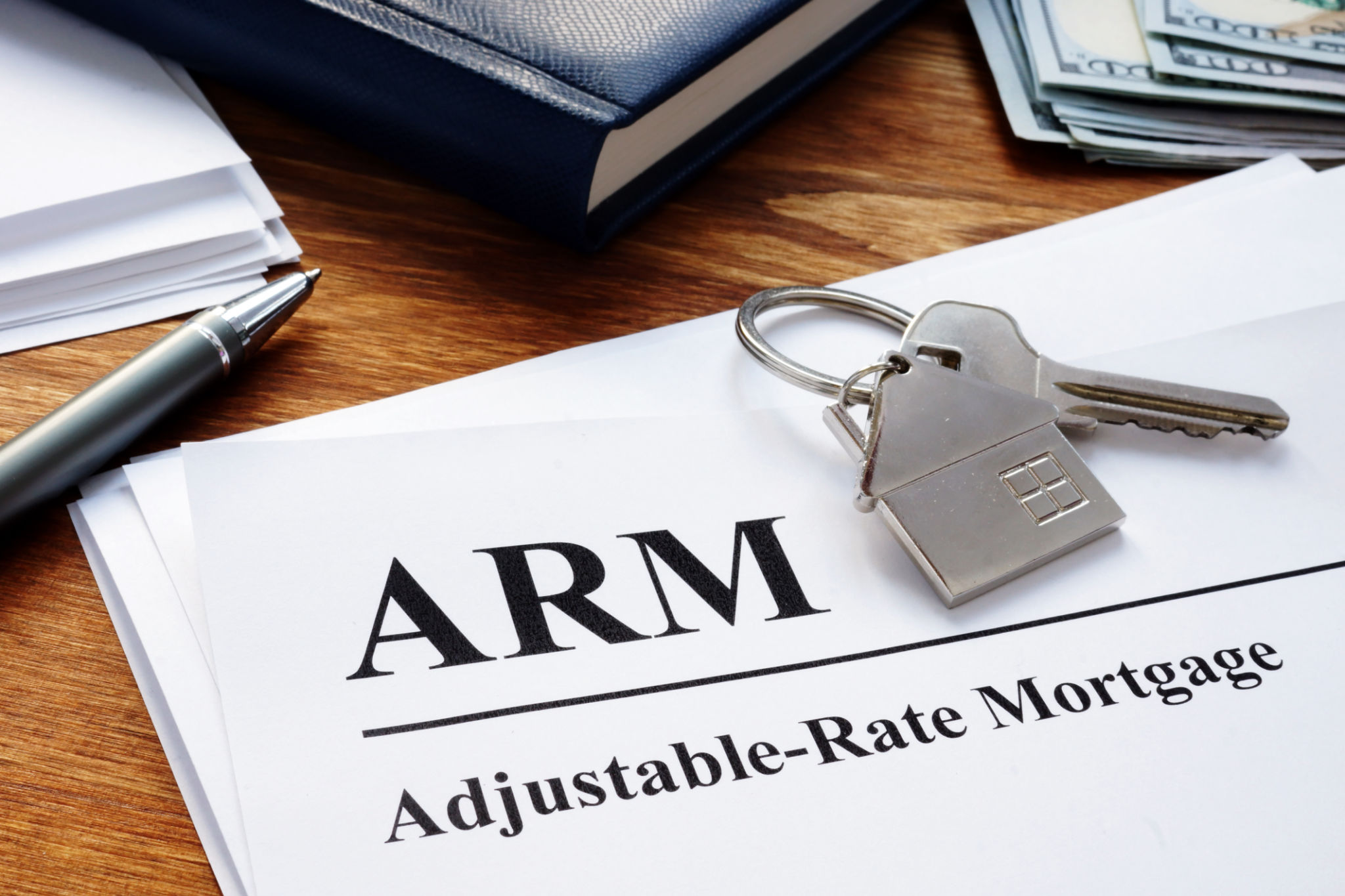Comparing Fixed-Rate vs. Adjustable-Rate Mortgages
Understanding Mortgages: Fixed-Rate vs. Adjustable-Rate
When it comes to choosing a mortgage, one of the primary decisions you'll face is whether to go with a fixed-rate mortgage (FRM) or an adjustable-rate mortgage (ARM). Each option has its unique benefits and potential drawbacks, making it essential to understand how they work before deciding on the right fit for your financial situation.
What is a Fixed-Rate Mortgage?
A fixed-rate mortgage offers a set interest rate that remains unchanged throughout the life of the loan. This type of mortgage is ideal for those who prefer stability and predictability in their monthly payments. The fixed-rate mortgage is commonly available in terms of 15, 20, or 30 years, allowing borrowers to select a term that aligns with their long-term financial goals.

Benefits of Fixed-Rate Mortgages
One of the primary benefits of a fixed-rate mortgage is the consistency it provides. Borrowers can plan their finances more effectively, knowing that their mortgage payments won't change even if interest rates fluctuate. This predictability can be particularly advantageous during times of economic uncertainty or when interest rates are expected to rise.
However, fixed-rate mortgages may initially offer higher interest rates than their adjustable-rate counterparts, which could mean higher initial monthly payments. Despite this, many homeowners find the stability worth the potential extra cost.
What is an Adjustable-Rate Mortgage?
An adjustable-rate mortgage, on the other hand, features an interest rate that changes over time. Typically, ARMs offer lower initial interest rates compared to fixed-rate mortgages. This initial period, often lasting 5, 7, or 10 years, can result in lower monthly payments at the start of the loan term.

Advantages and Risks of Adjustable-Rate Mortgages
The lower initial rates make ARMs attractive to many borrowers, especially those who plan to sell or refinance before the adjustable period kicks in. This can lead to significant savings in the short term. However, once the initial period ends, the interest rate adjusts based on market conditions, which can lead to increased payments.
This variability introduces a level of uncertainty that might not be suitable for everyone. If interest rates rise significantly, borrowers could face higher payments that strain their budget.
Choosing Between Fixed and Adjustable Rates
When deciding between a fixed-rate and an adjustable-rate mortgage, consider your future plans and financial situation. If you value long-term stability and plan to stay in your home for many years, a fixed-rate mortgage might be the best choice. Conversely, if you anticipate moving or refinancing within a few years, an ARM could offer initial savings that align with your strategy.

Conclusion
The decision between a fixed-rate and adjustable-rate mortgage ultimately depends on your personal circumstances and financial goals. Carefully evaluate how each option aligns with your lifestyle and risk tolerance. Consulting with a financial advisor or mortgage professional can also provide valuable insights tailored to your specific needs.
By understanding the nuances of both types of mortgages, you'll be better equipped to make a decision that supports your financial well-being in the long run.
